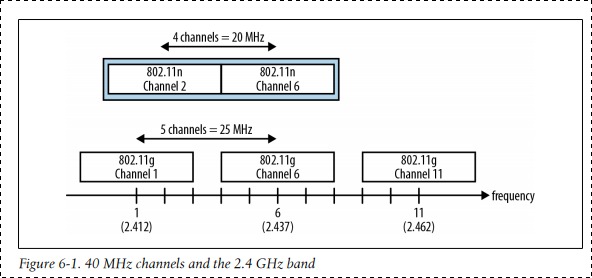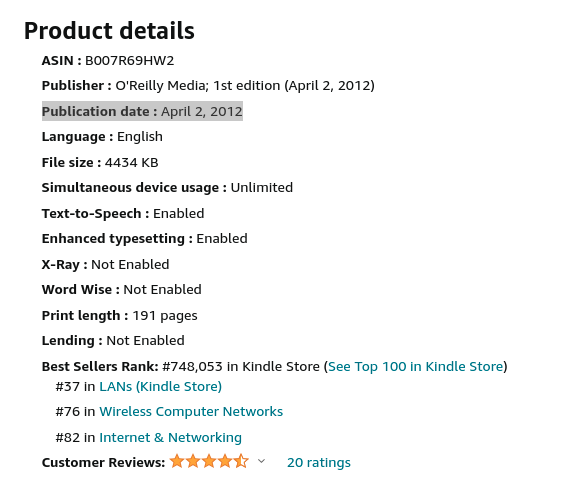Hello everyone!
We have a site (a secondary school) where all WiFi networks are managed by us. The building should in theory have no rogue APs that introduce interference, however, other RF emitters such as microwaves, game console controllers, Bluetooth devices do exist.
I, being a young still learning network engineer wanted to follow all the best practices as detailed in online resources, as well as published books about network deployment strategies. From what I found it is generally recommended to use non-overlapping 20 MHz wide channels when deploying a network in the 2.4 GHz spectrum. Configuring APs in a manner where each AP broadcasts on a channel that is not used by any other AP nearby. I have also found a lot of resources that say that using 40 MHz wide channels is generally not recommended in the 2.4 GHz band since there are only 2 non-overlapping chunks of the available spectrum and that it would be extremely difficult to divide it in a manner where APs do not interfere with each other.
Unfortunately, our senior network engineer would like to use 20 MHz Ce channels (40 MHz effective). His logic is that we should use as much of the spectrum as possible and that the best way to get a transmitter to stop occupying the spectrum is to allow it to transmit the data at the fastest data rate possible (since a higher max speed is reachable with 40 MHz). He tells me that that I do not understand how 802.11 works and that APs operating in the same chunk of the spectrum can utilize it better if allowed to use the entire spectrum due to collision avoidance algorithms such as CSMA/CA, as opposed to dividing the spectrum into smaller chunks and having each AP use their smaller chunk.
I agree with him that his solution might “better utilize the spectrum”, however, I do not see it as bringing a better quality of service to the clients utilizing this network.
Could someone please explain why he is or isn’t correct? I cannot find a single online resource that recommends the use of 40 MHz wide channels in the 2.4Ghz spectrum unless you only have 1 or 2 transmitters each using their half of the available spectrum. However, since he is the senior network engineer we have to do things the way he says…


